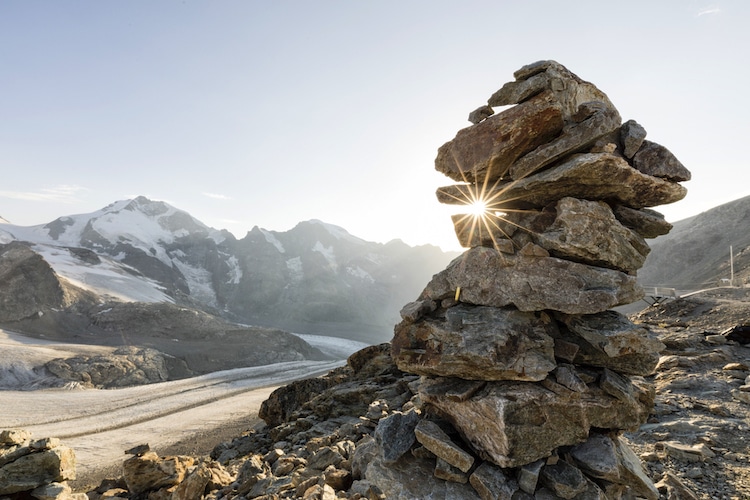Since prehistoric times, humans have stacked rocks as waymarkers or memorials.
Sometimes celebrated as azen practice, building cairns can have consequences.
They can also disturb the environment, robbing the animals who live under the rocks of their shelter.

Photo:VeishaFlickr (CC BY-NC-ND 2.0)
The practice can also dislodge plants and inadvertently cause soil erosion.
For these reasons, it’s technically illegal to practice rock stacking in National Parks.
All parks take a leave no trace stance.

Photo: fthuerig/Depositphotos
One of the most well-known isAcadia National Parkin Maine.
The park has historically significant rock stacks known as Bates cairns.
Rangers continue to maintain these special cairns today and they are used for navigation.
Some parks, likeCapital Reef Parkin Utah, don’t use them.
And so you’ll want to be well informed before setting off on a trail.